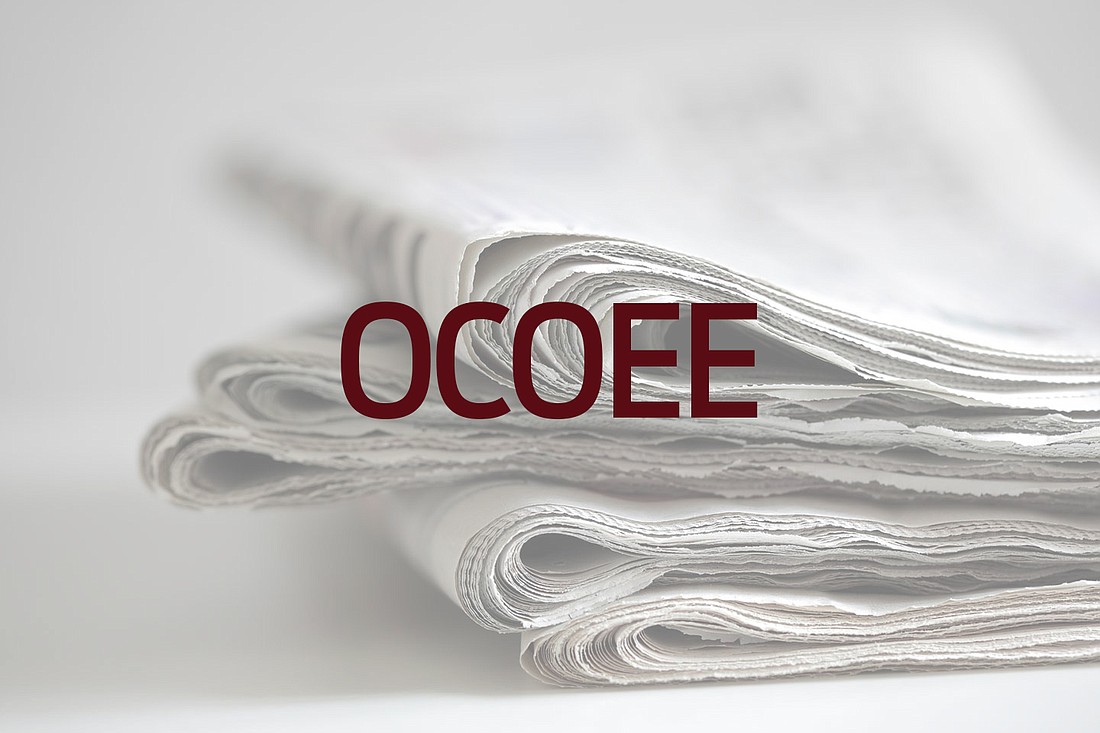- April 19, 2024
-
-
Loading

Loading

Ocoee commissioners decided April 2 to take the next steps toward erecting a marker dedicated to the victims of the Ocoee Election Day Massacre of 1920.
The commission voted unanimously during the meeting to allow city staff to apply for a historical marker for the massacre through the Florida Historic Marker Program and to include it in the capital-improvement plan for Lakefront Park.
The event, also referred to in historical literature as the Ocoee Riots, resulted in black citizens being lynched for their attempt to exercise their right to vote in November 1920.
Details surrounding exactly what happened and how many were killed have been murky, but the event resulted in the murder of at least six black citizens by the Ku Klux Klan. It also resulted in the exile of the entire black population in then-unincorporated Orange County that is now the city of Ocoee.
Last fall, the commission issued a proclamation regarding the Election Day Massacre and endorsed a general plan for recognition of the event, including installation of a marker in Lakefront Park and a 2020 public gathering for the 100th anniversary of the event.
During this time, the Human Relations Diversity Board worked with the Equal Justice Institute in Alabama, and the original idea was to erect two markers — the first of which was to be installed at a site dedicated by the city as Hallowed Ground. The second one was to be located near Starke Lake, but the proposal was tabled because of construction planned in the area. The HRDB then proposed the language for a historic marker as part of the EJI partnership.
According to the city, the HRDB later separated from the EJI program and instead proposed that the marker become part of the Historical Marker Program operated by the Florida Department of State.
The existing granite monument recognizing the November 1920 event is located at 441 Basking Ridge Court, or Hallowed Ground, which had reportedly been the site of an African-American cemetery. However, investigations conducted by multiple agencies led to the conclusion that this was most likely not the case. Staff recommended instead including a reflective seating area in the Lakefront Park improvement project, which would house both the monument and the marker. Constructing the seating area and paying for the marker would cost up to $15,000.
“We had originally proposed in here to incorporate that (marker at 441 Basking Court) as part of the memorial down here at Lakefront Park, but we want to have some more conversation about whether that’s the right thing to do,” said Al Butler, director of support services for the city. “So we’re wanting to omit or defer that as part of the recommendations.”
The Florida Historical Marker Program raises awareness of Florida’s cultural history.
Butler said the city already has been granted a marker for the historic Withers-Maguire House, and the marker for the Election Day Massacre would be a two-sided, 30-inch-by-42-inch sign with a 1,235-character limit. Because of the character limit, he said, the HRDB had to rework the original proposed language — about 1,640 characters — to fit.
“This will talk about the November 1920 Election Day Massacre,” Butler said. “On one side, it will talk about the event, and the other side will talk about the practice of lynching as a means of regulating social order over a long period of time. The board worked on the language, which had to be paraphrased to fit within the limit. The language we started with was about 1,640 characters. …We (also) wanted to look at making slight wording changes to emphasize that some of those events occurred in Orlando and some occurred here. Because we’re at the 1,235 limit, we may have to make some tweaks and shorten things up.”
Nichole Dawkins, chairman of the HRDB, told commissioners that the HRDB members would be meeting April 4 to further discuss the language to be inscribed on the marker.
“We’ve done several variations of the language, so we need approval to just do a marker and to have a place (for it) in 2020,” Dawkins said. “We’ll come back to the city commission with the language we’d like to recommend to the city. At that time we would like to have a debate and conversation about what the language is. What you have now is not our final (language). We still have to talk about it.”